Restaurant analytics software turns raw data into powerful performance dashboards packed with insightful graphs and charts about your food costs, revenues, F&B inventory, and purchasing. Track growth, spot discrepancies, and help your teams make the right call at every turn.


Get a clear view of your inventory, stock movements, transfers, and variance—so you can stay on top of spending and food waste across all your restaurant locations.
Visualise company-wide purchasing trends, the order values per supplier, and purchasing behaviour of each store. Analytics software is the best tool to optimise your food costs.
Improve your profit margins. Our dashboards show opportunities for better cost control. They bring together your sales data, inventory usage, and cost of goods sold.
Save your managers from drowning in data by giving them performance-building graphics and insights.
You can’t trust numbers wrangled from error-prone spreadsheets. Upgrade to dashboards and level up your decision-making.
Quickly identify underperforming locations, pinpoint exactly what's going wrong, and implement targeted solutions to rebuild them stronger than ever.
Keeping track of your biggest costs is essential, but as you grow, spreadsheets become increasingly complex, slowing progress. Our restaurant analytics software harmonises and visualises your inventory data across the board—from what stores purchase to what gets used. It gives you a clear picture of where your money’s going and how to spend it smarter.

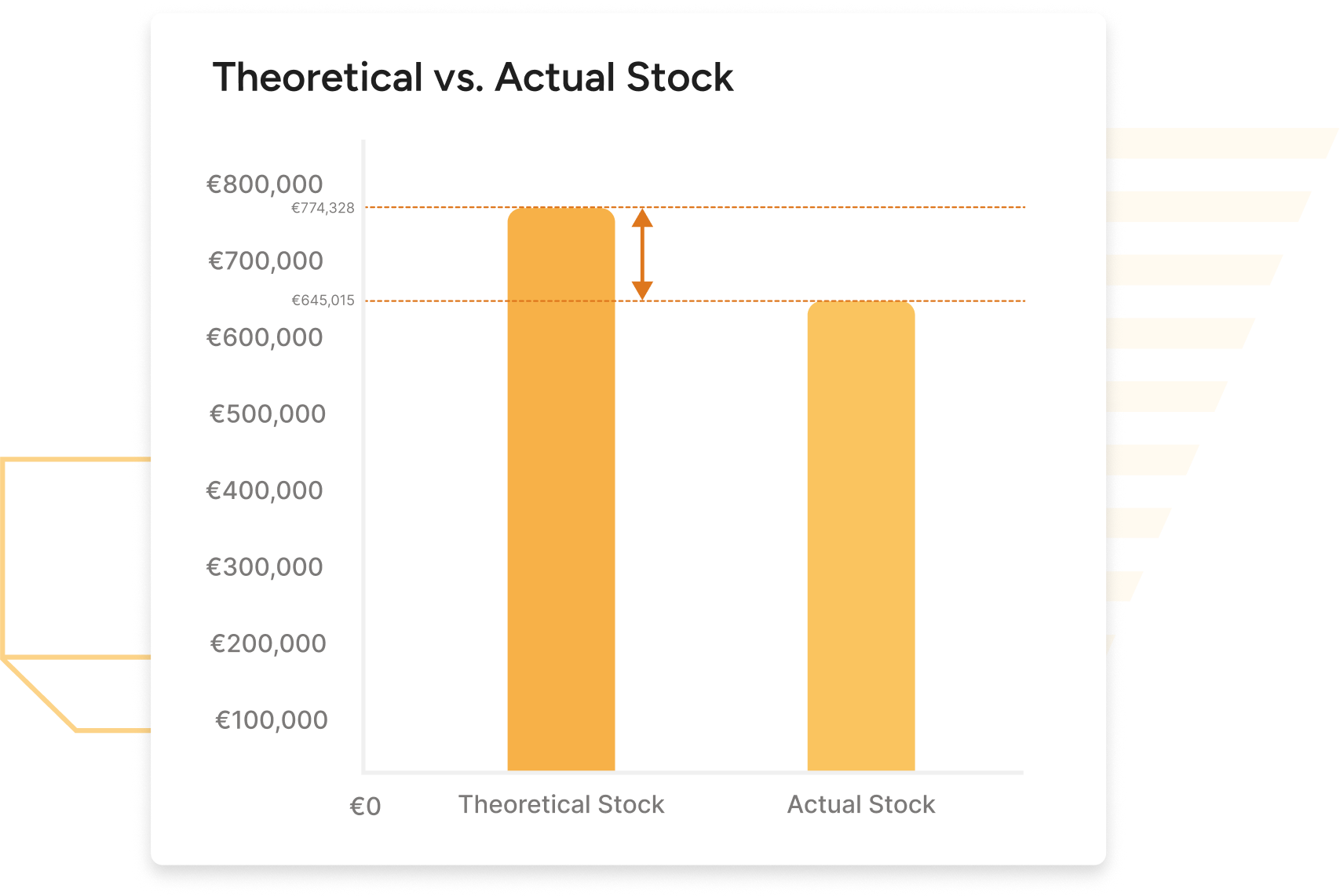
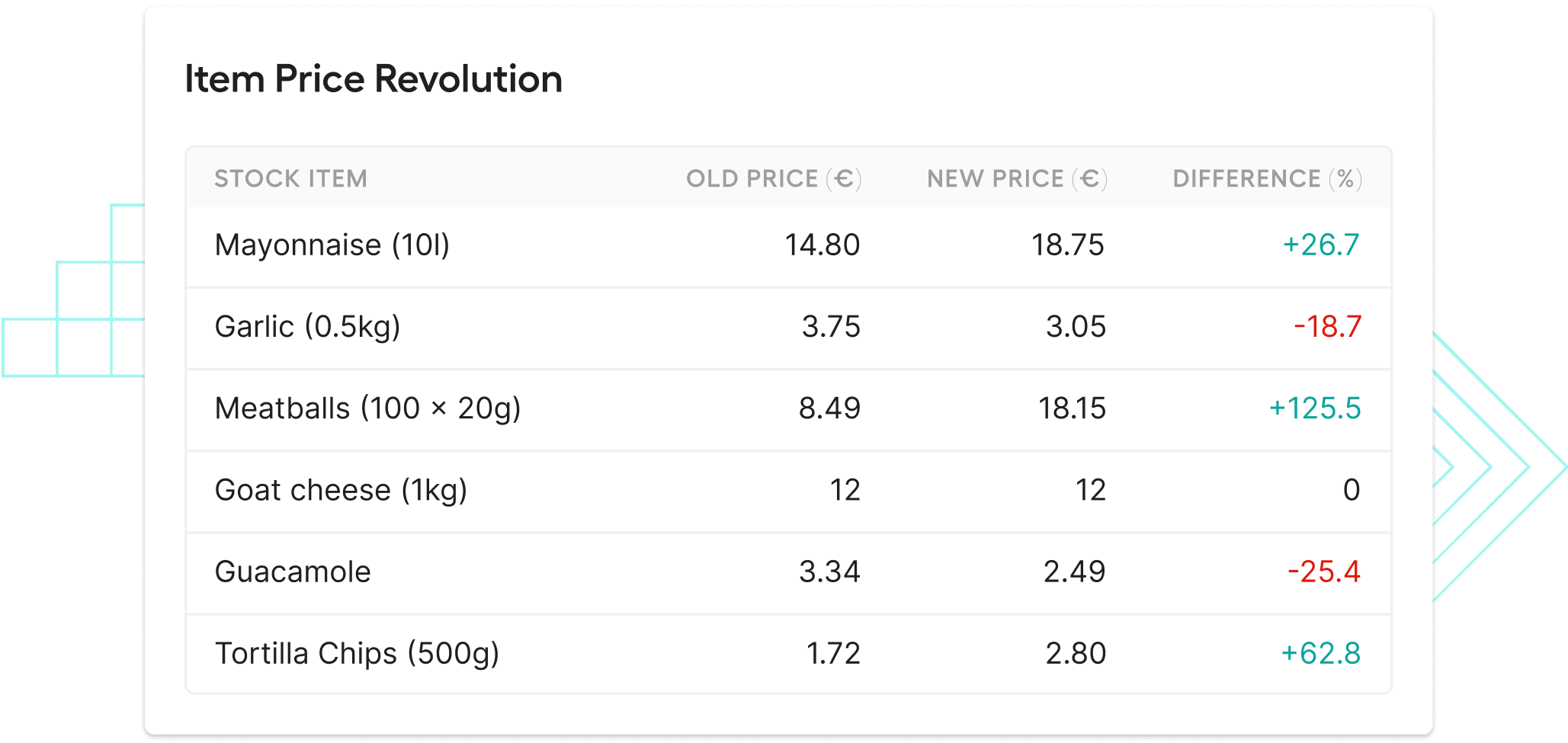
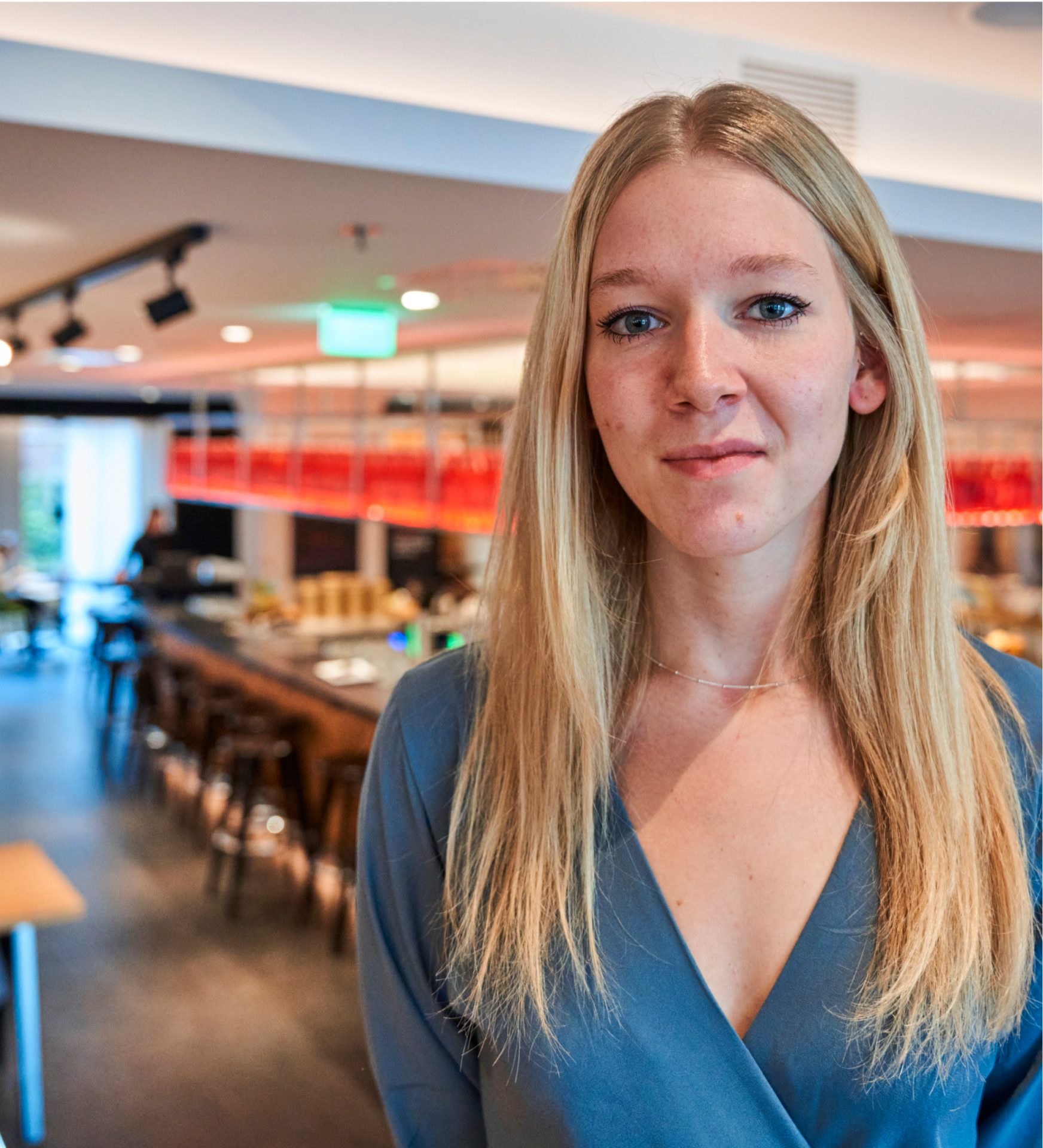

The item price evolution dashboard is packed with value — it guides our recipe decisions and tells us when it’s time to touch base with our vendors.
CitizenM



Monitor how much you spend with vendors at every location. Optimise deliveries to keep operational costs down.
Identify ‘rogue’ spending location managers. Nip it in the bud. One less variance driver to worry about.

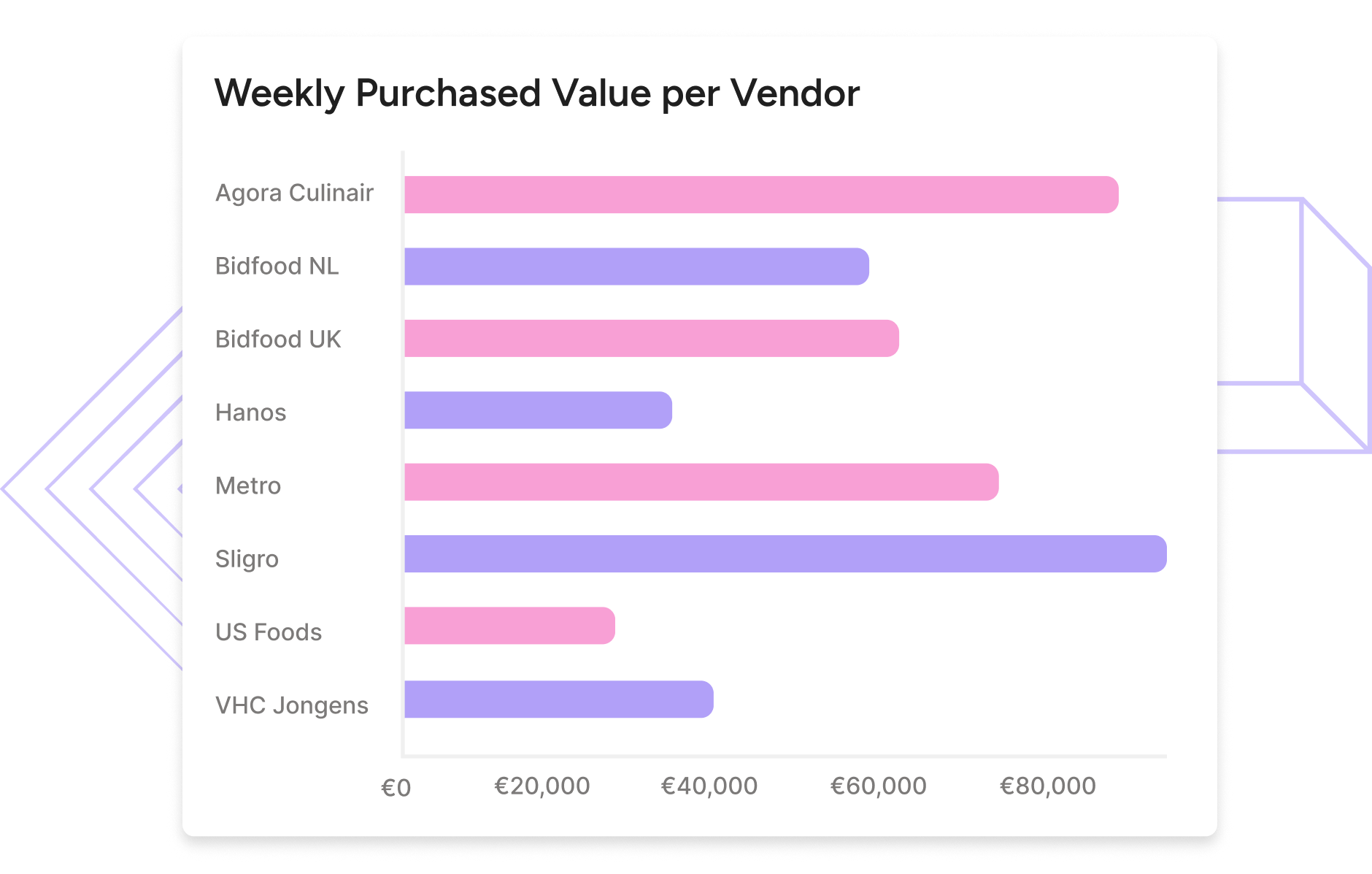
Find vendors with long-term potential. Build lasting partnerships. Secure optimal prices to drive growth.




Track the sales evolution of your menu items, and make budget, menu & promotion plans that maximise profit.


Zoom in on cost-of-goods-sold per location to discover vendor & inventory discrepancies that are hurting your bottom line.
Spreadsheet busywork and data ambiguity impede business growth. Restaurant analytics dashboards help you scale your operations, reduce food costs, and increase profits.
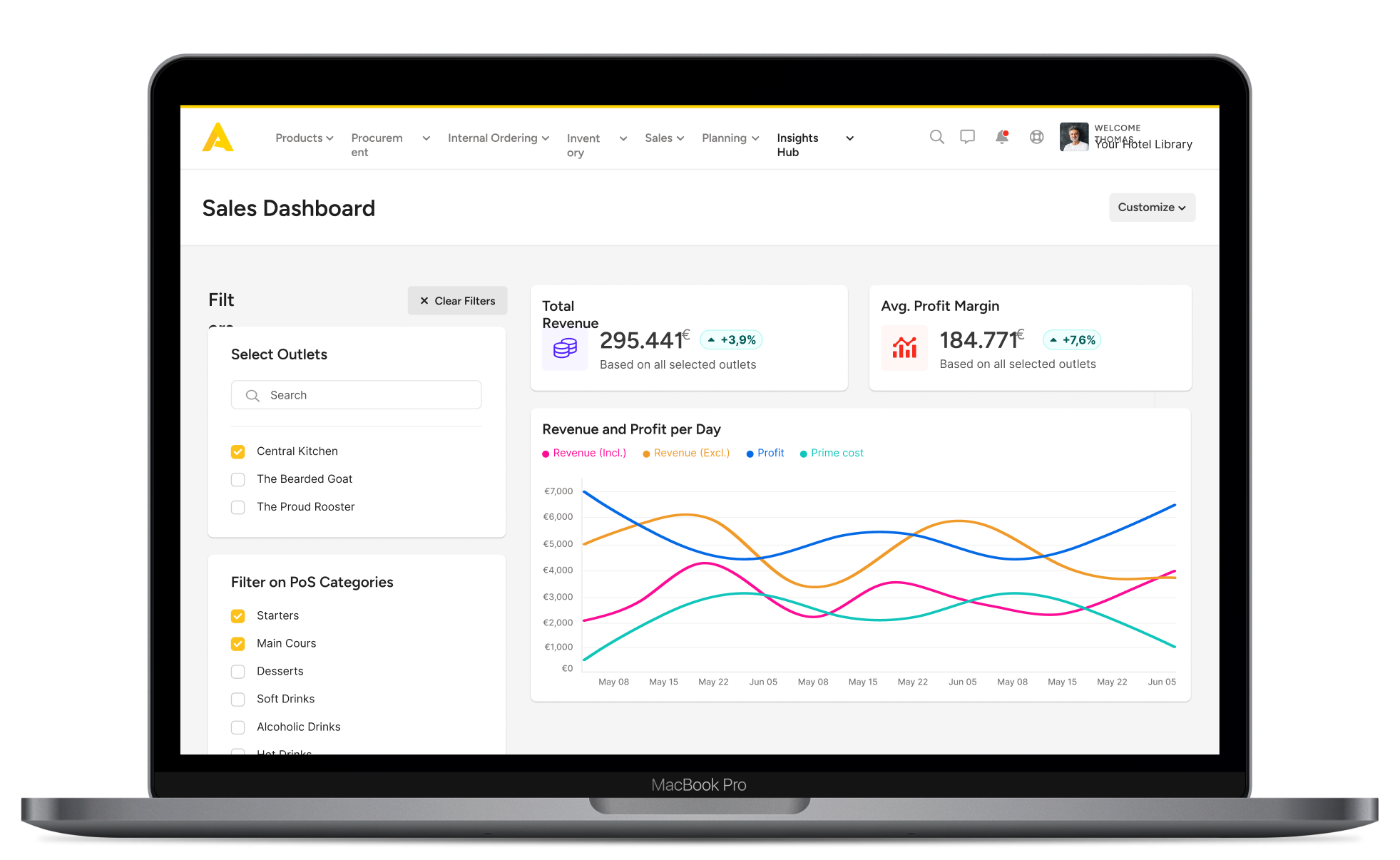


From an HQ standpoint: Apicbase dashboards give us a quick & accurate overview of the goings-on in our restaurants at any moment. Since we’re growing fast, this visibility is essential. Plain & simple.
The Avocado Show
Apicbase is a platform that offers total control. The software analyses thousands of data points from your sales, inventory management, procurement, food costs, food waste and unit performance. The information is presented in clear dashboards that show evolutions and highlight discrepancies. You can drill down into the data to identify causes and opportunities for optimisation.
Tracked KPIs, amongst others, are:
Apicbase generates insights about every aspect of your business, focusing on F&B management and back of house operations.
Some specific insights you might find interesting are:
Apicbase NV – 2025. All Rights reserved
Apicbase is the most complete F&B management platform for multi-unit restaurants, hotels, ghost kitchens.